Building Better Schools: The art of leading change in education
Key Points
-
Education transformation includes the following key moves from leadership: articulating a bold vision, clarifying teacher competencies, designing signature learning experiences, gaining buy-in, and establishing systems for continuous improvement.
-
Schools should become places where students can explore, express, and develop their own thoughts, feelings, and plans in service of finding a calling that will change the world.

By Tyler Thigpen
Join me in a thought experiment where we envision creating a school focused on cultivating dependent students. Yes, you read that correctly—dependent learners who rely heavily on others for guidance and decision-making. While this concept might initially strike us as unsettling, let’s temporarily set aside our judgments and explore how such a school could be developed.
First, our hypothetical institution would prioritize structured learning environments. Students would navigate carefully orchestrated steps, minimizing the need for independent problem-solving. We’d enforce limited autonomy, furnishing students with explicit rules and guidelines for every facet of their educational journey. To further restrict freedom, we’d implement rigorous daily routines, rigidly dictating students’ schedules.
When it comes to the curriculum, we’d decree the subjects they study, leaving little room for choice. To bolster their dependence, we’d offer abundant academic and emotional support resources, ensuring they could lean on assistance whenever needed. Information sharing would be closely guarded, concealing planning processes, policy decisions, and disciplinary verdicts to keep students in the dark and reliant on authority figures.
Continuous supervision would be paramount, minimizing opportunities for independent problem-solving. Classrooms would exude conformity, celebrating uniformity with well-defined learning objectives, discouraging individuality and independent thinking. Direct instruction would dominate, emphasizing teacher-centered learning to restrict independent exploration. Assessments would focus on finding singular correct answers, discouraging diverse perspectives and creative solutions. Risk-taking and experimentation would be discouraged, sheltering students from the consequences of their choices. Predefined pathways would limit exposure to options, discouraging vocational exploration.

Ultimately, this approach would solidify students’ dependence on authority figures, reinforcing the notion that authority possesses the right answers. Critical thinking and independent inquiry would be discouraged in favor of conformity and reliance on external guidance.
Ok, whew, the thought experiment is over.
Of course that was just an exercise, but the trouble is this—an imaginary educational design that would cultivate dependency in its graduates dangerously resembles the current design of most K12 schools across our country. Rigid schedules, adult-made rules, mandated curriculum, and single-answer tests are the norm. Students—and many teachers, for that matter—have limited choice and autonomy.
Today’s K12 students are spending the vast majority of their time in classrooms listening to answers to questions they did not ask and following rules they did not have a hand in making. Given that this dynamic goes on for years, what is it doing to students’ minds and spirits? To their agency and empowerment? Are we unintentionally graduating dependent young adults?
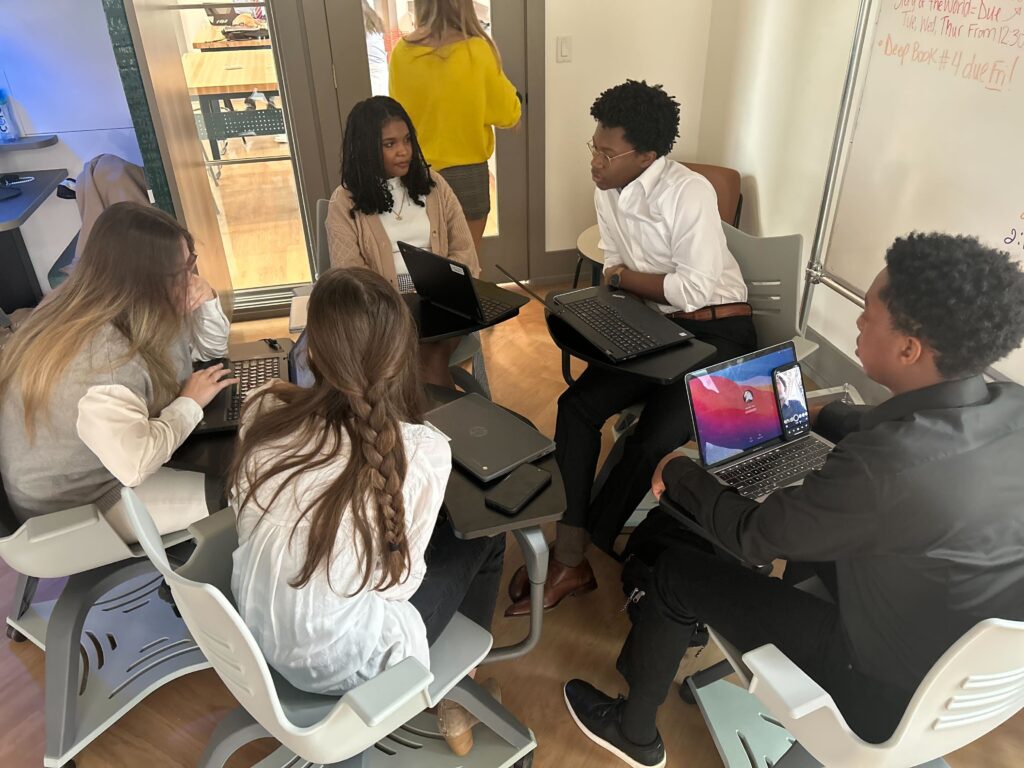
The Achievement Era in Hindsight
We haven’t arrived at our current state haphazardly. In her book Schooling America, former Harvard Graduate School of Education dean Patricia Graham divides a century’s worth of educational history into four distinct eras, which she labels as the four A’s: Assimilation, Adjustment, Access, and Achievement. We’ve been in the latter focus of Achievement, she contends, since the 1980s and the publication of A Nation At Risk. The focus in this phase has been on shepherding students toward academic achievement and gainful employment. We’ve stiffened school structures to hit this bullseye.
Five-ish decades in, the Achievement era has been a mixed bag. Some upsides of an achievement focus are increased accountability, measurable progress, and student preparation for success (in some arenas). But there are plenty of downsides, including an overemphasis on grades, fear of failure, a sense of competition over collaboration, and an overreliance on adults for both instruction and validation. With an achievement focus, students are incentivized to seek satisfaction and assess their self-worth through accomplishment and others’ opinions.
The most insidious downside of the Achievement epoch is that all students are guided to learn the same or similar skills, knowledge, and mindsets (i.e., one size fits all) instead of being guided toward their own personal growth. When children are pushed to achieve goals that are set by others, they lack self-direction. That is a tragedy. Like adults, every young person has thoughts, feelings, and plans. Unfortunately, the design of the industrial-age school model—a batch processing approach—usually shuts them down in children. People become dependent when they lack awareness of their thoughts, feelings, and plans (Goldman, 1995).
But what if the opposite were true? What if schools empowered children to flourish? What if schools were the places where they could explore, identify, express, and develop their thoughts, feelings, and goals? There’s power in the uniqueness of every child. It’s time that school designs honor students’ unique calling, preferences, and goals, and encourage them to pursue those. It’s time to move fully into a new era for learning where learners can develop greater self-leadership than ever before.
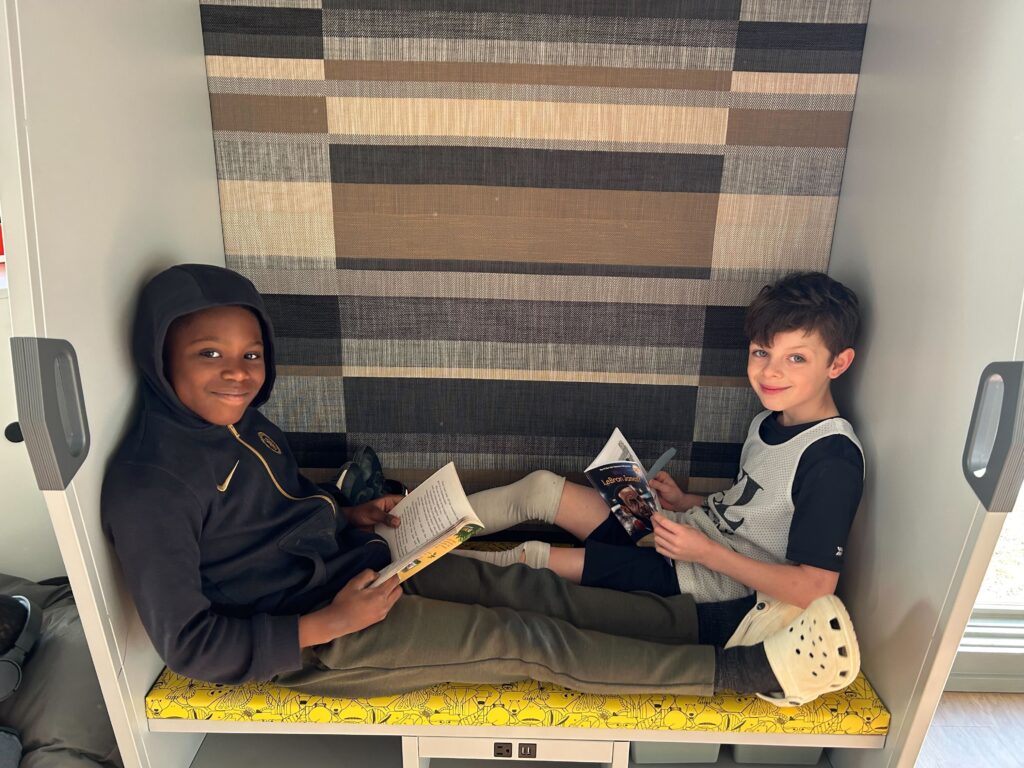
Building a Future-Ready System
Thankfully, the work of building a future-ready system full of excellent schools is already underway. Many leaders in the public and private school sectors are redesigning learning models to help children learn what they need in order to live the lives they want. Though their styles vary, these leaders are generally making five key moves when leading school transformation.
Articulate a bold new vision. School leaders work directly with their communities to unearth parents’ and caregivers’ hopes and dreams for their kids. They also ask students about their goals and treat those goals as precious and foundational. Then they co-create and champion a compelling vision for excellence in education. This vision serves as a guiding light, aligning the efforts of everyone involved. Leaders identify innovative teaching methods that foster deep disciplinary learning, student collaboration, and authentic assignments. They build new signature learning experiences that give students choice and voice. The ninja move that most leaders make at this stage is creating a vision that works within the constraints of their system. Select leaders manage to upend and reshape the landscape to improve conditions more quickly. Either way, the new vision, methods, and experiences set the stage for transformative change.
Clarify the knowledge, skills, and craft that teachers need to bring the new vision to life. With new methods, often the educator competencies required are new, too. In their preparation or prior experience, teachers may not have encountered the abilities or mindsets needed to activate new methods. Some leaders use the title “Portrait of a Teacher” to describe needed competencies. Each portrait can be tailored to the school’s unique approach and serve as a framework, guiding teacher development, recruitment, and support.
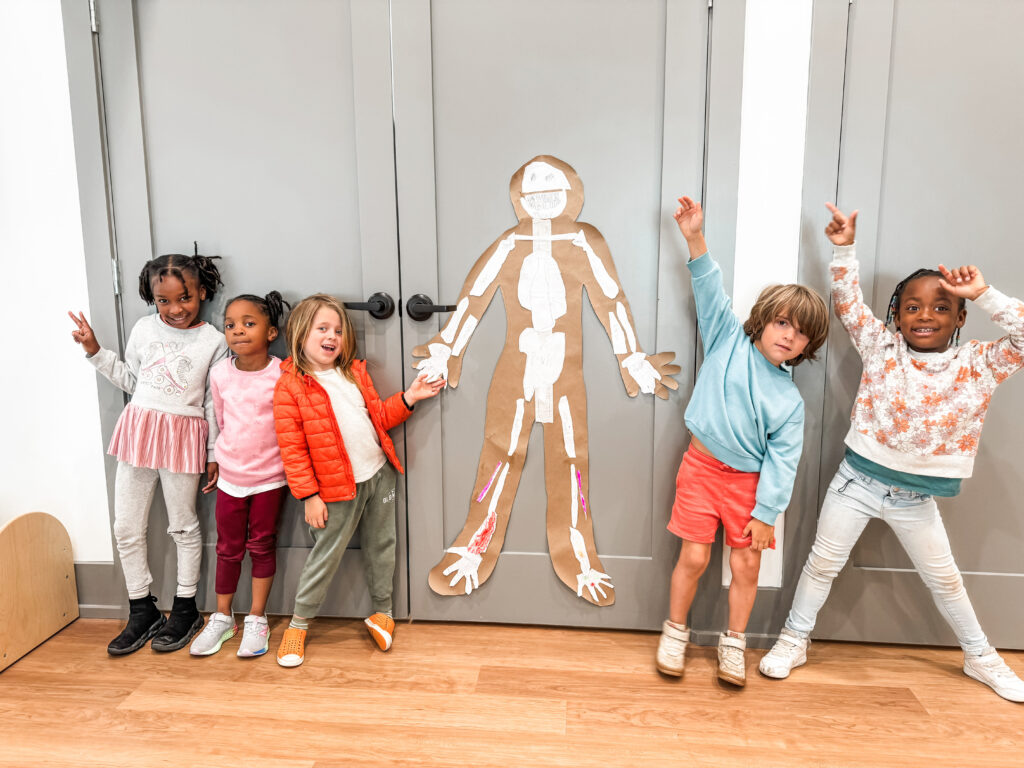
Leaders design signature learning experiences for educators. Seeing themselves as learning designers, leaders create experiences that align with their vision and Portrait of a Teacher. These experiences become invaluable tools for professional development. They help ensure that what happens in classrooms matches the school’s bigger vision to maximize opportunities for children. Some of this work is threading through to our nation’s graduate schools of education, albeit slowly. Forward-thinking leaders start their own teacher training programs.
Leaders work tirelessly to gain buy-in for the new vision. Though the work of getting legitimacy and support starts at the first stage of co-creating a new shared vision, it is work that never ends. Change always faces resistance. So leaders must perpetually cultivate buy-in from teachers, parents, students, and school partners. Leaders find strategies to foster a deep belief in the importance of transformation. Leaders learn both public-facing and also behind-the-scenes tactics to garner support. It’s incredibly hard work. It’s like tilling rocky soil for a seed to take root and grow.
Leaders establish systems for continuous improvement. Amy Edmonson (2008) calls this “organizing to execute” and “organizing to learn.” Transformative work is messy. No one gets it right the first time. Leaders in ‘advanced player mode’ figure out how to deliver quality experiences, learn quickly from imperfections, and keep the entire community informed and talking. Sustained progress amidst organizational change requires effective systems and structures. So, these leaders develop community practices, communication strategies, and continuous learning mechanisms to know what to keep doing, what to stop doing, and what to change.
Preparation is key. Leaders looking to take their schools on a transformation journey are well served by building their own leadership skills in certain areas. In particular, Elizabeth Chu (2023) of Columbia University’s Center for Public Research and Leadership contends, racial and cultural fluency, creative problem-solving, communication, teamwork, team building, and project management are key skills that empower them to be top-notch guides shepherding the process.

Despite the arduous transformation journey, skilled leaders can guide communities to a promising frontier. Recalling Graham’s four eras—Assimilation, Adjustment, Access, and Achievement—what if the next era in education was Abounding, where all students flourish? Where they can experience personal growth and opportunity. Where ultimately they’re self-directed, interdependent learners instead of dependent ones. Where they can explore, express, and develop their own thoughts, feelings, and plans in service of finding a calling that will change the world. It won’t be perfect, and there will be downsides. But it will be better suited for our times.
Courageous school leadership can help make this vision a reality. Let’s applaud and support visionary educators helping shape our children’s future. In fact, the next time you see or meet one of them, give them a hug, high five, or an encouraging word because this work is far from easy. And it’s vital for the next generation.
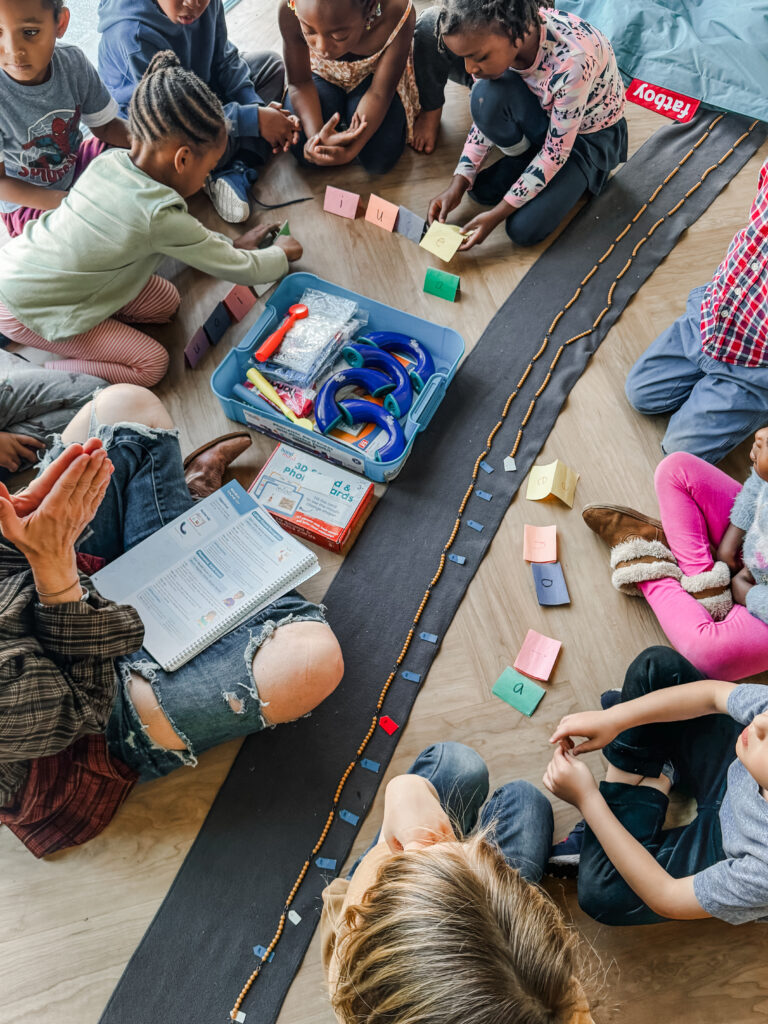
Dr. Tyler Thigpen is Academic Director of the Leading School Transformation program at the University of Pennsylvania Graduate School of Education, and head of The Forest School: An Acton Academy and Institute for Self Directed Learning in Trilith south of Atlanta.


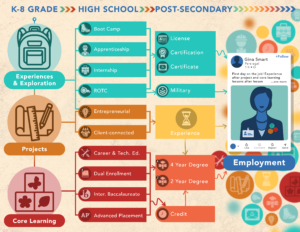
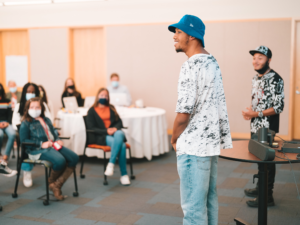
0 Comments
Leave a Comment
Your email address will not be published. All fields are required.